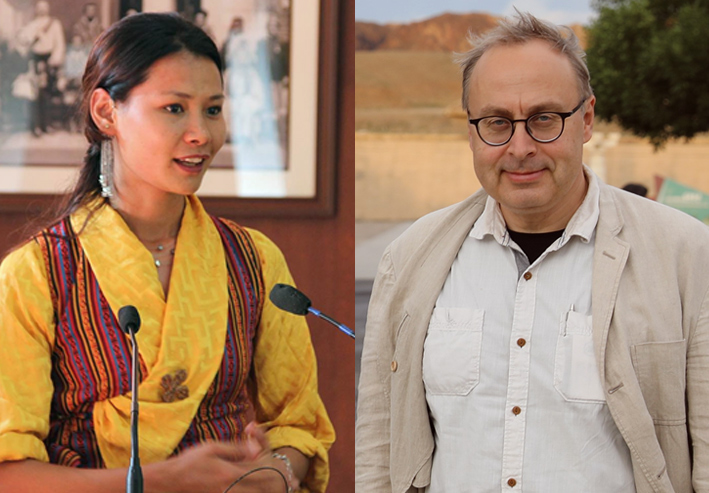 VU Filosofijos fakulteto Azijos ir transkultūrinių studijų institutas 2019 m. rugsėjo 19-20 d. organizuoja dvi paskaitas apie Šiaurės Rytų Indiją.
VU Filosofijos fakulteto Azijos ir transkultūrinių studijų institutas 2019 m. rugsėjo 19-20 d. organizuoja dvi paskaitas apie Šiaurės Rytų Indiją.
Rugsėjo 19 d. 16.30 val. paskaita „Magicians, were-tigers and assistant spirits in vernacular Hinduism of Assam“. Vieta: Japonų auditorija.
Paskaitą skaitys Tartu universiteto lyginamosios folkloristikos profesorius Ülo Valk.
Paskaitos santrauka
‘Vernacular religion’ as a category and methodological approach was initiated by Leonard N. Primiano in his research on ‘lived’ and ‘individual’ dimensions of religion, and its ambiguous relationship with the hegemonic and the authoritarian. Vernacular beliefs are often expressed in narrative forms and this storyworld is in constant variation, often contradicting the concept of stable truth. How is vernacular knowledge of the supernatural produced if there is no authoritarian control over religious discourse and even the factual data in experience narratives is subject to constant variation? The lecture addresses these problems, focusing on beliefs, magical practices and storytelling tradition in Assam, North Eastern India.
Rugsėjo 20 d. 13.00 val. paskaita „Introduction to Beyul Demojong (The Hidden land of Fruitful Valley): The Lhopo (Bhutia) Kingship and the Sense of Belonging in Sikkim“. Vieta: Japonų auditorija.
Paskaitą skaitys Tartu universiteto lyginamosios folkloristikos doktorantė Kikee Doma Bhutia
Paskaitos santrauka
In the Eastern Himalayan belt of North Eastern part of India lies a tiny second smallest state of Indian Union, Sikkim. It is sandwiched between the Tibet autonomous region on the North, Bhutan on the west and Nepal on the east. Until 1975, Sikkim was the independent Himalayan Kingdom for 333years, ruled by the monarch who were the descendants of Tibet. On 17th July 2016, Sikkim, it’s sacred landscape and the rich biodiversity has been included as the first World Heritage Site under the mixed category, which includes both nature and culture. The main focus of my presentation is to situate and unfold the sacred landscape of Sikkim according to belief narratives which revolve around the advent of Guru Padmasambhava, also known as Guru Rimpoche or Second Buddha. In the History of Sikkim 1908 compiled by His Highnesses the Maharaja Sir ThutobNamgyal, and Maharani Yeshay Dolma of Sikkim, “In the Tibetan Chag-rta (Iron-Horse) year, King Khri-srong-Ideu-btsan was born and in the sa-glangyear (Earth-Bull), Guru Padmasambhava was invited by him from India in 749 A.D to Tibet (Namgyal 1908:5). It is believed that it was during this time, when Guru Padmasambhava on his way to Tibet, passed by the Hidden land of Demojong (valley of rice, valley of fruits) and sanctified the land and tamed the supernatural beings by turning them into the guardian deities of the land and hid ter ma (Buddhist religious scriptures) in the different parts of lands. I will further display, how these myths sanctified the landscape and drew the sacred geography of the land which was again turned into the pilgrimage places for the people of Sikkim.
Kviečiame dalyvauti!

